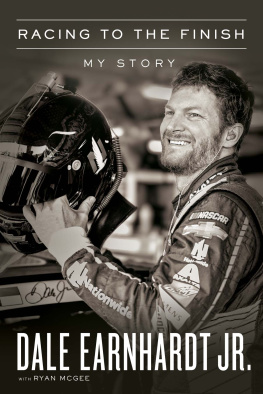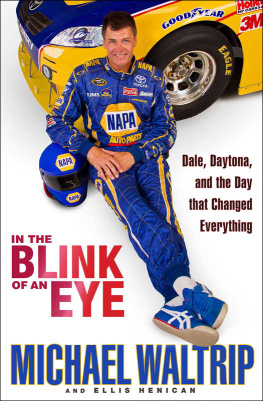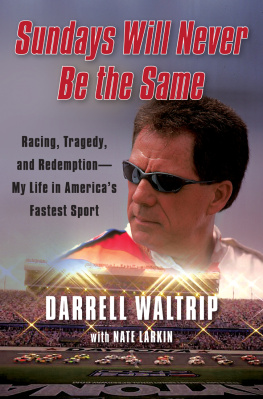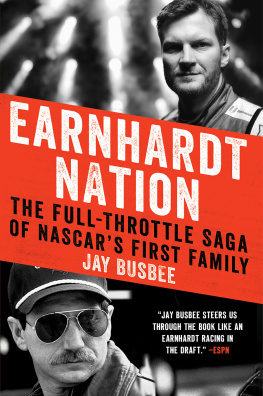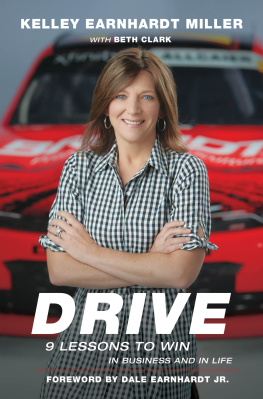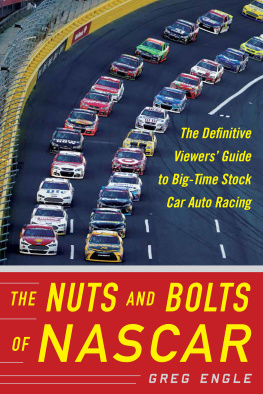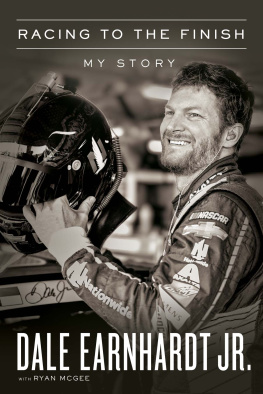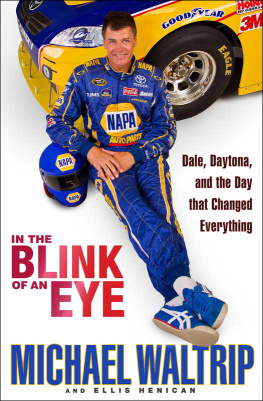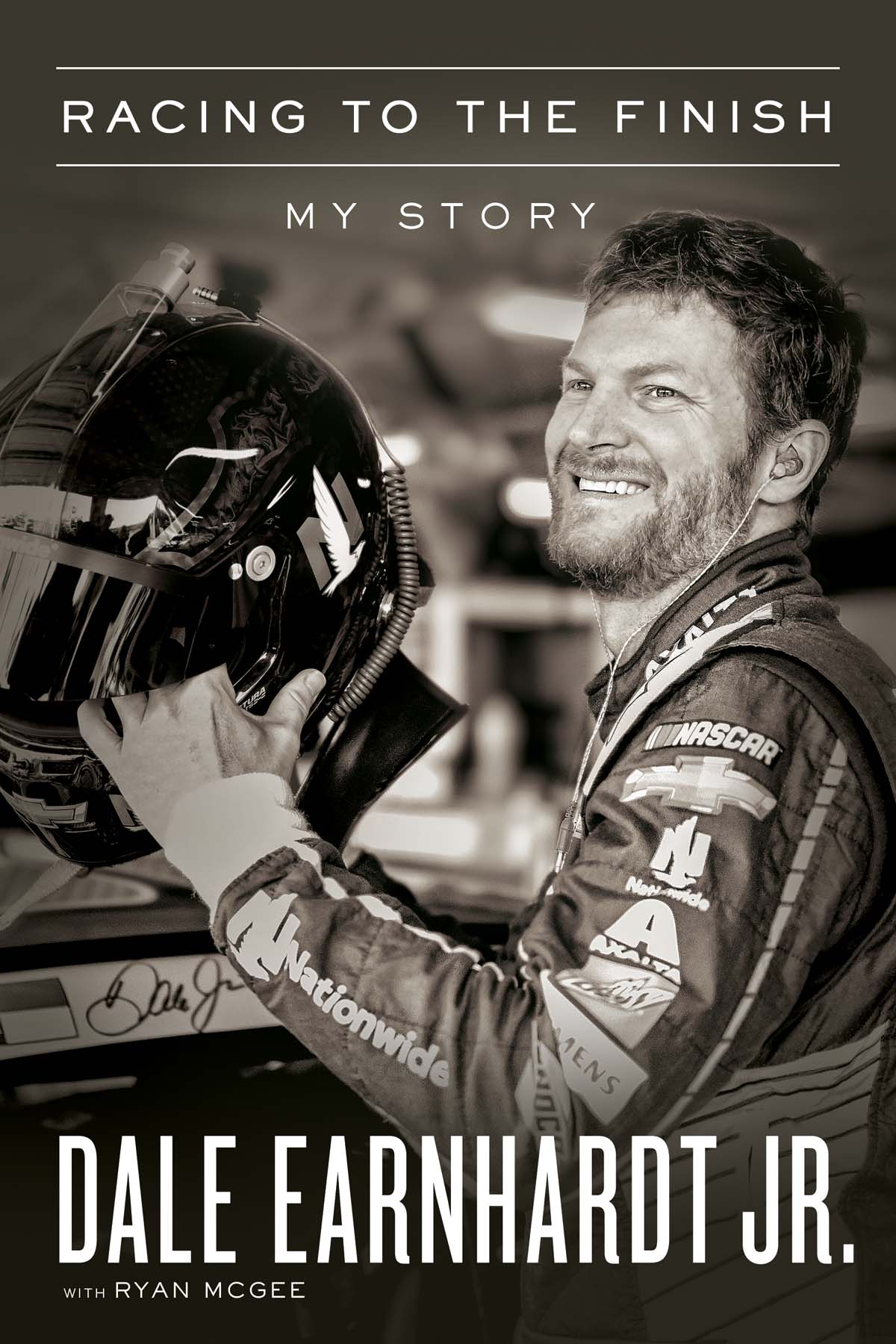CONTENTS
Guide
2018 DEJ Management, LLC
All rights reserved. No portion of this book may be reproduced, stored in a retrieval system, or transmitted in any form or by any meanselectronic, mechanical, photocopy, recording, scanning, or otherexcept for brief quotations in critical reviews or articles, without the prior written permission of the publisher.
Published in Nashville, Tennessee, by W Publishing, an imprint of Thomas Nelson.
Thomas Nelson titles may be purchased in bulk for educational, business, fundraising, or sales promotional use. For information, please e-mail SpecialMarkets@ThomasNelson.com.
Any Internet addresses, phone numbers, or company or product information printed in this book are offered as a resource and are not intended in any way to be or to imply an endorsement by Thomas Nelson, nor does Thomas Nelson vouch for the existence, content, or services of these sites, phone numbers, companies, or products beyond the life of this book.
Epub Edition September 2018 9780785221968
ISBN 978-0-7852-2160-9 (HC)
ISBN 978-0-7852-2196-8 (eBook)
ISBN 978-0-7852-2669-7 (SE)
Library of Congress Cataloging-in-Publication Data
Library of Congress Control Number: 2018949131
Printed in the United States of America
18 19 20 21 22 LSC 10 9 8 7 6 5 4 3 2 1
Information about External Hyperlinks in this ebook
Please note that footnotes in this ebook may contain hyperlinks to external websites as part of bibliographic citations. These hyperlinks have not been activated by the publisher, who cannot verify the accuracy of these links beyond the date of publication.
To my wife, Amy Earnhardt, who gave me
strength, support, and Isla Rose.
I first met Dale Earnhardt Jr. in 2012 when he was worried and anxious to return to the racecar. When I saw him again in 2016, he was riddled with physical and emotional symptoms from his multiple concussions, petrified and desperate to simply return to life.
Recovering from his injuries took tremendous effort and commitment, all in the face of overwhelming pressure to return to his beloved sport. He is one of the hardest-working patients I have ever treated. He worked tirelessly on his rehabilitation. It quickly became obvious to me that we were not only treating Dale and his injury but also the incredible forces surrounding his desire to please his fans, his family, his owners, and his legacy.
Dale has a strong tendency to think of others before thinking of himself. The title of this book, Racing to the Finish, is an interesting choice, as the decision of whether to retire played a ubiquitous role in every aspect of his care and outcome. I recognized that very early with Dale, but as I told him so many times, my only priority was for him to feel normal again. The rest would take care of itself.
As a clinician in charge of his care, I never really worried about the return-to-racing issue; I was much more focused on his living his life without the burden of and hypervigilance about his debilitating symptoms. Fortunately, we were successful in that regard. Yes, Dale faced many challenging moments, but I was always extremely confident that our treatments would prove effective and that he would get to the finish line. The fact that Dale recovered and returned to racing before retiring on his own terms (what I told him so many times) makes me so proud. Even more important is that Dale walked down the aisle symptom-free and married Amy, the love of his life.
In typical Dale fashion, the primary reason he is bravely sharing his story is for others to receive help with their similar injuries. Concussions afflict millions of pediatric, adult, geriatric, and military patients. During a typical day at our clinic at the University of Pittsburgh Medical Center (UPMC), we will see dozens of children and adults who are suffering from chronic symptoms and dysfunction associated with concussion. The majority of these individuals have not received any targeted treatment for difficulties that directly affect physical, social, vocational, and psychological functioning, even though we now agree as a field that concussion is a treatable injury. Youll read in this book about our UPMC model that reveals six different clinical profiles, or types, of concussions. Each of them requires active and targeted treatments to improve outcomes. We have and will continue to publish research proving the efficacy of this model.
As you will see from Dales treatment, the field of concussion has evolved dramatically over the past few decades. The days of dark rooms and complete rest following this injury are being replaced with active physical therapies and targeted treatments that allow recovery to fully occur. Unfortunately, the science and evidence-based information represent a collective whisper buried in the cacophony of sensationalized and overwhelming media attention that leads to misinformation and a misunderstanding of concussion. As our recently commissioned Harris Poll indicated, 25 percent of parents prevent their children from playing sports because of concerns of concussions; a large majority of US adults believe you can only lessen symptoms and that you never fully recover; and they are not comfortable that they would know the steps to manage and treat a concussion if they sustained one.
Dales story is a call for action and change. Progress is being made, and Dale is a living testament to that. He has shared his story to better educate those who have experienced this injury and to accurately share that effective treatments are available. Even prior to this book, his story was making a difference. Many patients have told me they sought treatment at our clinic after hearing about Dales case and recovery.
I am grateful to our incredible team at UPMC, including our researchers, athletic trainers, physical therapists, and treating clinicians. I also want to thank Dr. Petty, who delivered exemplary care to Dale and referred him to our clinic. Dr. Petty and I spent many hours in person and on phone calls working together to get Dale back in his racecar and back to life. He is such a caring and incredibly talented clinician. I also want to thank Kelley, Dales sister, for her support, as well as Rick Hendrick for providing the free rein to allow Dale to recover fully. Ricks sole motivation was to see Dale healthy and well, and I truly respected that. And finally, Amy was unwavering and tough, a formidable assistant when it came to Dale completing his physical therapies. She provided constant love and support during his recovery. I can see how they are a perfect fit for each other. I will never forget the personal text I received from Dale following little Isla Roses birth. He was so grateful and full of pride and joy. Dales moving on with his life as a family member, husband, and father is what this was all about all along.
Congrats on your recovery, Dale, you earned it. It was an absolute privilege to work with you.
Dr. Michael Micky Collins
Director, UPMC Sports Medicine
Concussion Program
June 2018
Sunday, May 4, 2014
Talladega Superspeedway
We were having a good day at Talladega, NASCARs biggest, most intimidating racetrack. If you know anything about my NASCAR career, then you know that me and that place, weve always had a special relationship. I won there six times. My father won there ten times. The Earnhardts and Talladega, weve grown up together. Theres a whole generation of fans down there who were raised to root for me, taught by the generation before them, who rooted for my dad.
So whatever I did when I raced at Talladega was always a really big deal, good or bad. If the grandstand felt like I was making a move to the front, they would lose their minds. Even with forty-plus cars out there roaring around, I could hear them cheering. If they felt like I had been done wrong, I could hear them booing too. I loved it.

